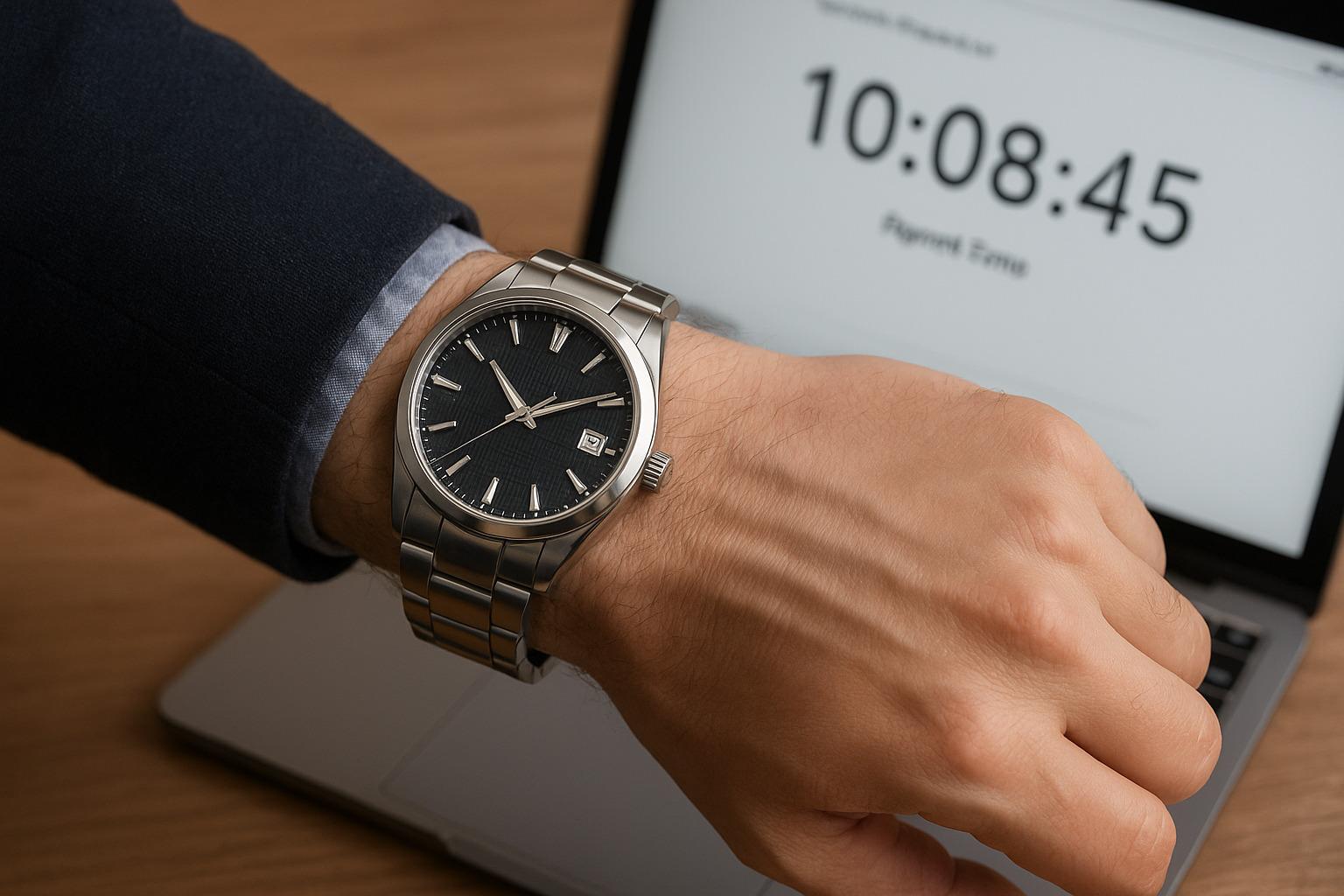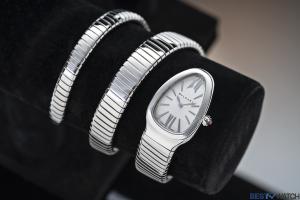
Mechanical watches are precision instruments. Yet, they are not immune to drift. Whether it’s due to temperature changes, shock, magnetism, or simply the passage of time, small deviations in accuracy are inevitable. To keep your mechanical timepiece running in step with the world, syncing it regularly isn’t just a good habit—it’s a necessity.
Why Syncing Matters
Mechanical watches are powered by springs and gears. Unlike quartz movements, which are electronically regulated, mechanical movements rely entirely on mechanical energy and physical parts. This makes them vulnerable to timing discrepancies, even with high-end chronometer certification.
Here’s why syncing your mechanical watch makes a real difference:
- Prevents daily deviation from compounding
- Ensures accurate timekeeping for important appointments
- Identifies when your watch may need servicing
- Keeps you in tune with time zone changes or daylight saving time
Without regular synchronization, a deviation of just 5 seconds per day could mean your watch is nearly a minute off in less than two weeks.
How Often Should You Sync It?
There’s no one-size-fits-all rule. Daily syncs aren’t necessary unless you’re relying on your watch for critical timing. For most wearers:
- Weekly syncs are ideal for average wearers
- Monthly syncs are fine for high-accuracy movements (COSC-certified)
- Before travel or events where precision matters, always resync
What You Need Before You Begin
To sync your watch, gather the following:
- A soft cloth or pad to protect your caseback
- A stable surface with good lighting
- An accurate reference time
Before adjusting, visit an accurate online time source to get the current time down to the second. Avoid relying on your phone or laptop clock, which might lag or drift slightly.
Step-by-Step: How to Sync Your Mechanical Watch
1. Wind the Watch Fully
For manual watches, give it a full wind. Turn the crown slowly clockwise until you feel slight resistance. For automatic watches, wind it 20 to 30 turns manually to ensure consistent amplitude.
2. Pull Out the Crown to Time-Setting Position
This is typically the second stop for most watches. The seconds hand will either stop (hacking feature) or continue running. Watches with hacking allow you to stop the seconds hand for pinpoint syncing.
If your watch does not hack, you can use the backward-pressure trick:
- Gently turn the minute hand backward to create tension
- This stalls the seconds hand momentarily to align timing manually
3. Wait for the Reference Time to Align
Keep your eye on the reference time. When the seconds reach 00, pull or adjust the crown so your watch’s seconds hand matches. You may need to set the minute hand one tick ahead to account for the slight delay between releasing the crown and movement start.
4. Push the Crown Back In
At the exact moment your reference clock hits 00 seconds, push the crown back in (or release the hack). Your seconds hand should begin ticking in unison with the online source.
5. Set the Date (if needed)
If your watch has a date complication, adjust it only when the hands are not between 9 PM and 3 AM, since the date-change mechanism may be engaged. Doing it during this window could damage the movement.
6. Double-Check Accuracy
Use the online time source again to verify your alignment. Allow a few seconds to pass and observe the second hand’s position. It should still track in near-perfect sync.
Pro Tips for Consistent Accuracy
1. Store It Properly
- Lay the watch flat on its back for neutral rate
- Store crown-up if your watch gains time
- Store crown-down if your watch loses time
2. Magnetism Kills AccuracyAvoid putting your watch near speakers, laptops, or magnetic latches. If your watch suddenly gains 30+ seconds per day, it’s likely magnetized. A demagnetizer can resolve the issue in seconds.
3. Avoid Sudden ShocksMechanical movements don’t like rough impacts. Dropping the watch or wearing it during intense sports may throw off the balance wheel or regulator pins.
4. Service Every 3 to 5 YearsEven a well-maintained movement needs fresh lubrication. Old oil increases friction, slows components, and creates inconsistent timekeeping.
Signs You Need to Sync or Service
- You notice time drift of more than 10 seconds daily
- You’ve traveled across multiple time zones
- The watch has been unused for weeks
- You’ve experienced magnetic exposure or physical shock
- Power reserve seems lower than normal
If syncing doesn’t improve timekeeping after repeated attempts, it’s likely time for professional regulation or a complete overhaul.
Mechanical Watches and Acceptable Deviation
Even COSC-certified chronometers have a certified deviation range of -4 to +6 seconds per day. Non-certified watches can deviate up to 15 seconds daily. Daily deviation doesn’t always mean something’s wrong. Consistency is the true benchmark of a healthy movement.
Wrap-Up Checklist
- Wind your watch
- Open an accurate time source
- Pull out the crown and sync seconds
- Adjust minutes and hours if needed
- Push crown in at 00 second mark
- Check after 5 minutes to confirm accuracy
A synced mechanical watch does more than tell time. It reflects care, precision, and respect for horological craftsmanship. Regular syncing keeps that craftsmanship on beat.


Leave A Reply
Your email address will not be published.
Thank you for your comments
We have received your comment and it is being processed.Oops, Something Went Wrong
Please try again later.